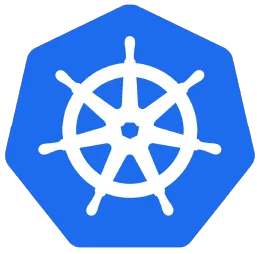Programming Learning Path
The Programming Learning Path is designed for individuals starting from scratch in programming, offering comprehensive courses in programming basics and then progressing to more advanced topics. This learning path accommodates learners of varying experience levels, providing a structured approach to mastering programming skills.
I Know
Thank you! Your submission has been received!
Oops! Something went wrong while submitting the form.
Learn Programming Basics
Dive into Advanced Learning
How long will it take for me to complete?
I can spend
hours / day
≈ 3 Months
≈ 2 Months
≈ 4 Months
≈ 2-3 Months
≈ 2 Months
≈ 1-2 Months
≈ 2-3 Months
≈ 2 Months
≈ 1-2 Months
≈ 1 Months
≈ 2 Months
≈ 1-2 Months
* This is based on averages from our students. This may change depending on your experience and level of expertise.






.svg)
.svg)


.svg)

.webp)

.svg)







